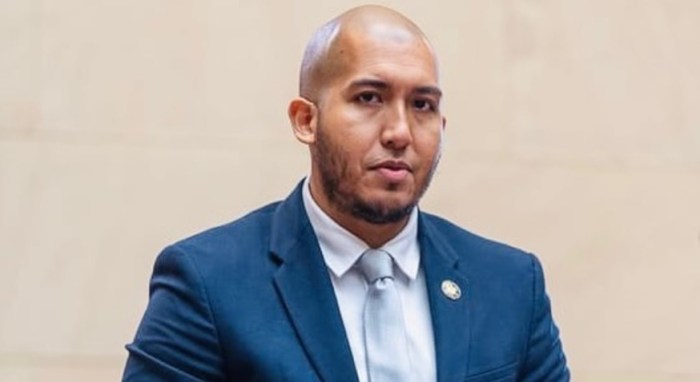By William Lewis
Recently, political developments seem to be going well for Mayor Michael Bloomberg, with him assured both the Republican Party and Independence Party endorsements. Now he has just been invited to the White House for a meeting with President Barack Obama, in which the president praised his efforts in the field of education reform.
Early last year, during the presidential primaries, they had breakfast together in the city at the mayor’s initiative. Bloomberg had complimentary things to say about the president after their recent meeting. There is speculation as to whether Obama will endorse Bloomberg for a third term as mayor.
This is an unusual political occurrence from the standpoint that there will be a Democratic candidate for mayor facing Bloomberg in the fall election. Is it possible Obama, the national leader of the Democratic Party, will not support the Democratic nominee of that party for the office of mayor of New York City, one of the country’s most important cities? Will he remain neutral?
Whatever the president decides, there is a precedent for it. During the 1930s and 1940s, former President Franklin Roosevelt had a strong working relationship with former Mayor Fiorello LaGuardia and praised his efforts as mayor. LaGuardia was able to get significant financial aid from the Roosevelt administration for the city.
Last year, there was some speculation that Obama might have been considering Bloomberg as his running mate for vice president. There were similar rumors in 1940 and 1944 that Roosevelt was considering LaGuardia as a potential vice presidential running mate.
For both Roosevelt and Obama, this type of working relationship was an opportunity to extend their political influence outside the Democratic Party by giving some degree of support to the city mayors, neither of whom was or is a Democrat at the time of their mayoral administration.
But there are also differences in the two situations. Obama’s political roots are in Chicago. Roosevelt was from New York and had served as governor of New York state before being elected president. He would naturally work with the mayor of New York City regardless of party affiliation.
In the case of Obama and Bloomberg, there is another issue that seems to have a bearing on this situation. At the start of their administrations, both were restricted legally to two four−year terms in office. The mayor was able to bypass that requirement legislatively with court approval.
That is no small matter. It opens up a new avenue of encouraging elected officials, especially mayors and governors, in other states who are under similar term limit restrictions to attempt to lift the ban on how many terms an elected official can serve. Sooner or later, this will become a national issue in terms of allowing our president to serve more than two executive terms in office.
The 22nd Amendment to the Constitution, passed in 1951, restricts the president to two terms. There has been opposition to that, especially from former Presidents Bill Clinton and Richard Nixon. Obama is an admirer of Roosevelt, who was elected president four times. It remains to be seen if this will become an issue during the latter stages of the Obama administration, assuming he is elected to a second term.
Regarding the U.S. Senate race in New York next year, U.S. Sen. Kirsten Gillibrand (D−N.Y.), who was chosen by Gov. David Paterson to take the place of Hillary Clinton, who resigned her Senate seat to become U.S. secretary of state, is facing the possibility of a challenge in a Democratic primary.
But in the general election, former Gov. George Pataki is the front−running Republican candidate. Pataki has considerable recognition, having served three terms in office — a total of 12 years. He is currently ahead of Gillibrand in the polls. The Senate race, in addition to the governor’s race, promises to be competitive next year.

































